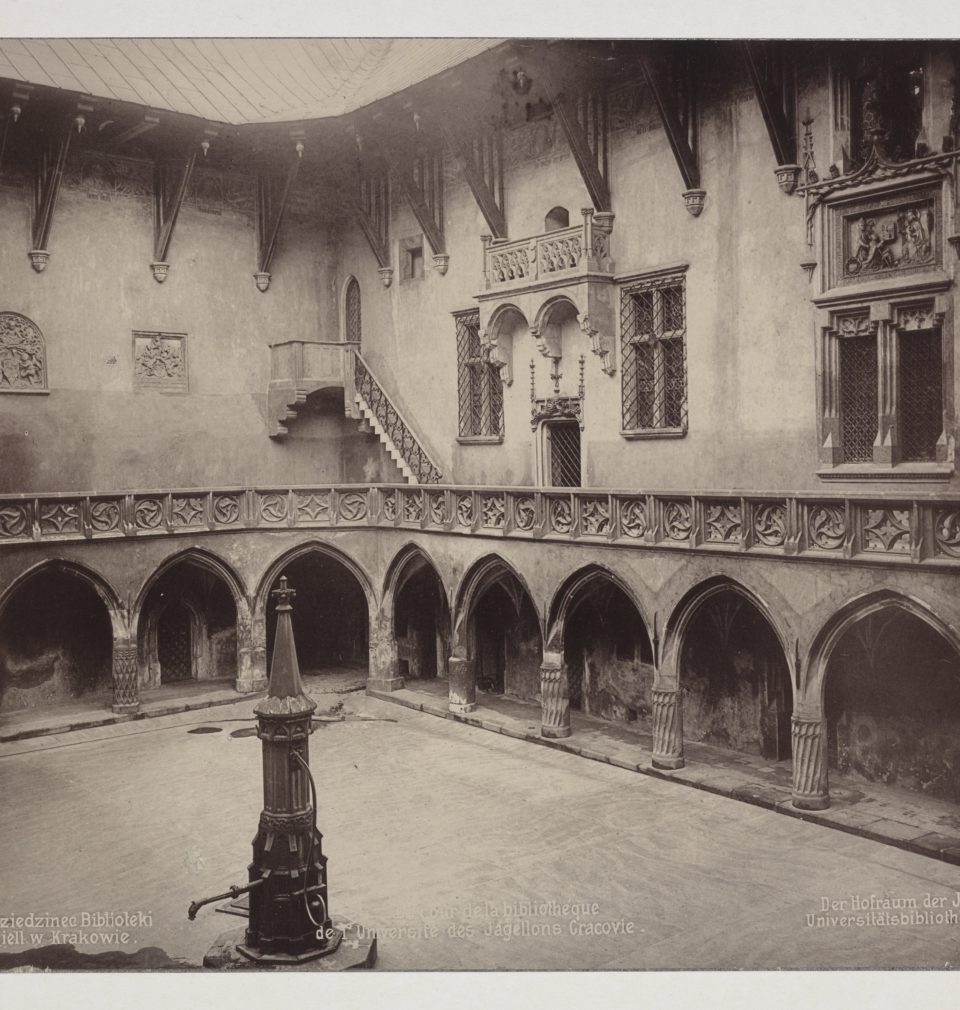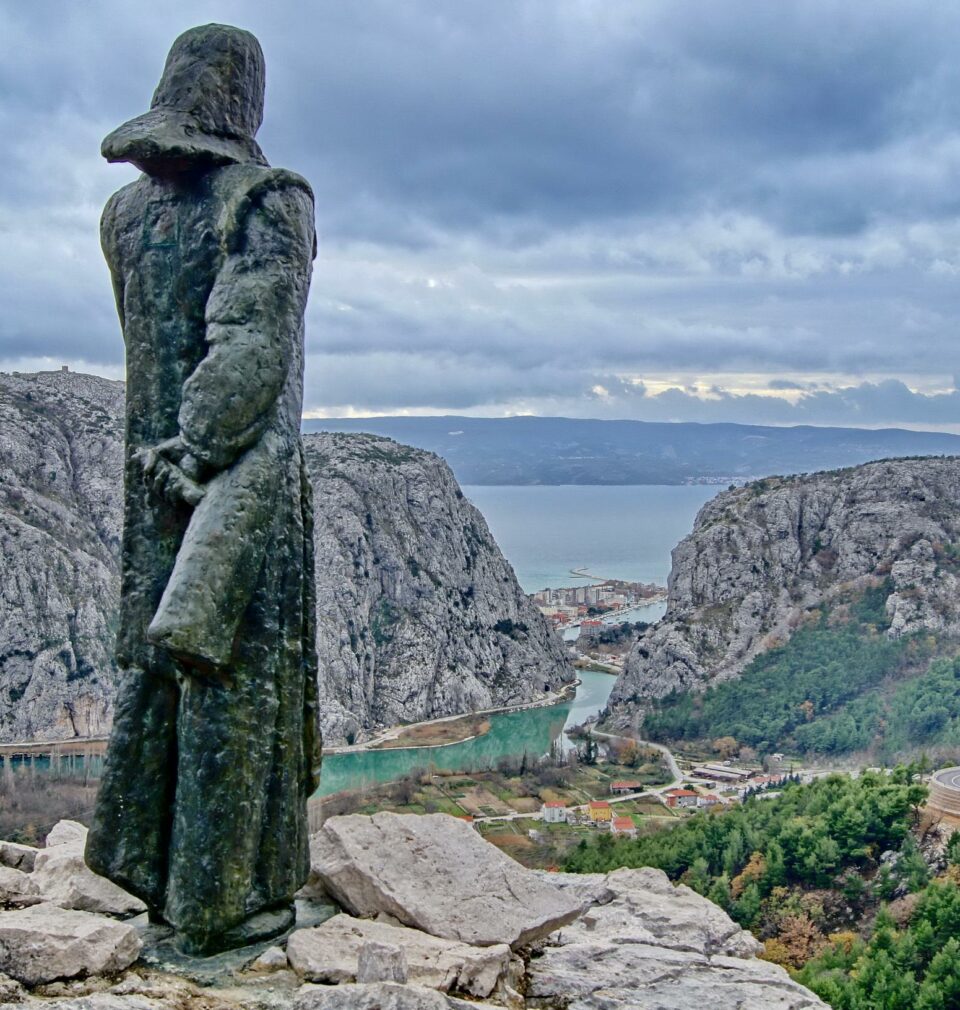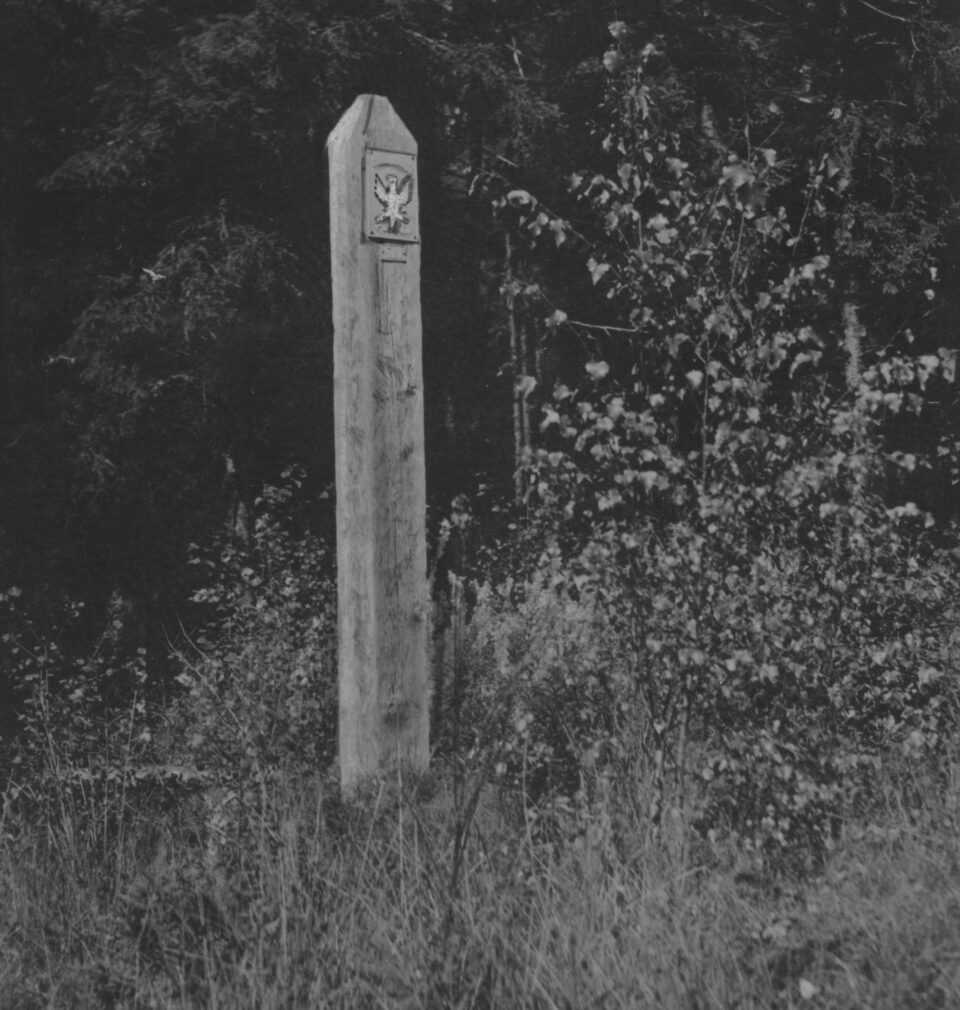
Imagined Identities
Three Models of Cultural Memory: Kraków – Katowice – Wrocław
Publication: 17 August 2021
TAGS FOR THE ARTICLE
TO THE LIST OF ARTICLESWhat is the stuff of memory? Our experience and research show that memory is composed of manifold elements: rationally documented facts, mythical features, stereotypes, intentional and selective clusters of ideas; it may be manipulated and dictated by edicts of various types of power, and where it involves us personally, it may be emotionally coloured and become close to a eulogy.
The city as a source of memory images serves the creation of identity and human ties. We must note here that we are talking about “common” memory and not “collective” memory – we were too often fed with the latter in the Communist Poland as exemplifying the ideal of the “anthill.” In fact, common memory as I understand it is a means of forming a social attitude which we call civic. And celebrating memory is an important part of every community.
Cities as places of memory may differ very much, which I will try to show on three examples which are not particularly distant geographically, but reveal radically different experiences of community memory. These cities are Kraków, Katowice and Wrocław.
If Wrocław is considered a city of many names, Katowice probably is the place of two names and Kraków of one (not counting its Latin name). Each of them accumulated a pattern of memory images, entangled in the perverse history of the last century. Each of them in its own way tries to understand its history, sometimes to domesticate it, unburden itself from it or reconcile itself with its history.
The sequence in which the three cities are analysed is deliberately chosen: it marks the direction from east to west – the 20th-century drama in two acts, First World War and Second World War, of moving the borders of Poland beyond the territories from before the partitions, to the culturally different Silesian lands. It gave rise to conflicts of historical memory, exacerbated by the two totalitarianisms – in this form these conflicts were unknown in Kraków. Let us recall that in Silesia there is no culture of Sarmatianism, the culture of the manor. From the perspective of the Polish imponderables Silesia is not mythopoeic – the Poet was always closer to Lithuania or Ruthenia than to Opole. The Polish cultural sensibility is capable of opening to the East, but rather not to the West, unless it takes the form of emigration. This is why the 20th-century shifts of borders sometimes recall walking backwards.
But let us begin with Kraków. The city builds its prestige on the memory of its ancient pedigree and to some extent on the ideas of national and religious homogeneity. Kraków was endowed with two blessings: preserving the continuity of its architectonic and urban fabric and the continuity of the fabric of its citizens, but with one exception, that of the Jewish community, whose sublime revival of memory we have been witnessing for a dozen years. Kraków commonly functions as pars pro toto of the national memory, and the resulting danger of unbearable pathos is neutralised by notes of self-distancing irony and fin-de-siècle burlesque. This awareness of cultural continuity, so rare in the confused “Mitteleuropa,” seems to be an important mark of the Kraków local memory. I would like to point out several features of this memory from the experiences of the previous century, features which today assume a particularly important meaning: the syndrome of Nowa Huta, in the 50s seen as a Sovietising threat to our identity, as well as the successful attempts to domesticate and integrate this district; the living memory of the fin-de-siècle tradition and its later turning into myth. (Without this tradition there would be no Piwnica pod Baranami cabaret and no Kantor, and the Wyspiański/Wajda stained-glass windows at the Wszystkich Świętych Square show that this tradition is very strongly present even today. Few in Kraków will notice that the silent brick wall by Krzysztof Ingarden seems to echo the Expressionism of Dominikus Böhm from the 1920s and 1930s, but it is perhaps only my Silesian perspective that tells me so).
A separate mention is due to the phenomenon of Collegium Maius, the Jagiellonian University building where since the early post-war years a prestigious academic tradition has been created from scratch. From today’s point of view we can see three notions on which the particular historicism of this place was based in the 1950s and 1960s: the rejection of the 19th-century Neo-Gothic by Kremer as a synonym of “the Germanic,” which was in tune with the ideology of the First Secretary Gomułka era; the covertly nurtured “Anglo-Saxon” longing, the desire to emulate the “Oxford” academic mores; and finally the conservation aesthetics from that period (assumed in view of the experiences with the rebuilding of the Warsaw Old City and Gdańsk, and last but not least with the formula of Pałac Kultury i Nauki in mind). I list these matters somewhat apprehensively: could it be that the only guardian of continuity of the Kraków memory is the Wawel Dragon? Though even the Dragon is said by some to be not of Kraków stock, but a beast of a Celtic origin.
The Upper-Silesian Katowice is a diametrically opposed phenomenon, in its situation, experience and mentality. The city feels surprisingly at home in today’s Postmodern environment of deconstruction and understatement. Subject to pressures and vagaries of politics, it is a city with a short one-and-a-half century history (1865), and its dynamic urban growth is coupled with a predominance of coal-mining and heavy industry. Every political shift, and there were many of them, meant here the rejection of the preceding epoch with its achievements, and breaking the continuity of memory. The Prussian period from 1865 to 1921/1922 was rejected in the era of interwar Poland. The war years of 1939-1945 brought experiences inside the Third Reich (with all their consequences). The post-war period was inaugurated by mass deportations to the Soviet Union. The authorities began to mythologize the coalminers’ community as an expression of class struggle, the slag heaps and familoki, estates of semi-detached, red brick houses, were used as symbols of national tradition, of folkloristic nativeness, and these actions were accompanied by denigrating all that had come before, not only German and Prussian, but also Polish as associated with capitalism and the May 1926 coup Sanacja regime. If we add to that the fact that the immigrant element was susceptible to these stereotypes, we will get a picture of Katowice memory which at the first glance is uprooted and devoid of any continuity. But this impression is not quite correct. The image presented above changes if you look deeper. For, under the surface lies a second layer, uncovered and appreciated thanks to the painstaking work of the academic, literary and local government communities, the work which has been going for the last quarter-century and began long before the demise of the Communist regime. The memory of the Prussian heritage is gradually being restored, as exemplified by the innovative Giszowiec estate – a garden city in the radical Functionalist style from the interwar period, making Katowice the third centre of the pre-war avant-garde next to Gdynia and Warsaw. Important and much discussed today are the experiences of the Silesian autonomy as a model of modern regionalism and civilisational advancement. And finally, we have the many post-war experiences, when, for example, local architecture inspired by Paolo Nervi and Felix Candela as early as in the 1960s introduced the avant-garde béton brut method in the construction of the railway station, the parabolic shapes of the Spodek sports stadium or the “corn knob” tower blocks, transatlantic cousins of the Marina City in Chicago.
It is in Katowice that the debate is raging whether the Silesian Risings – which, by the way, never entered the Hall of Fame of the Polish resistance (perhaps because they were successful) – should not rather be treated as a civil war. In this city the conflicting monuments of the Red Army and the Katyń massacre stand close to each other, as do the statues of Piłsudski and his tragic Silesian political adversary, Wojciech Korfanty, and the socialist realist monument of the Coalmining Labour and the one commemorating the victims of the Martial Law from the Wujek Coalmine. It is here that people recall with amusement the local Bismarck Tower, which after the First World War was turned into a monument to Tadeusz Kościuszko. It is here that an ordinary parachuting tower from the 1930s changed into a symbol of defending the city in September 1939 thanks to a third-rate novel and the historical policy of the Communist Party – in defiance of historical facts. Finally, we can name in this context the excellent monument of the Silesian Uprisers by Gustaw Zemła, originally a piece of propaganda commissioned by the Gomułka regime – a fact which has been long forgotten. The monument has been preserved due to its artistic quality and functions now as the hallmark of the city.
We may ask how to build community memory in a place where history is marked by Uthemann, Grundmann and Tiele-Winker, Holtze, Grażyński and Korfanty, Ziętek and Grudzień. This history requires understanding, maintaining distance, and finally reconciliation. So if we try to describe the common memory of Katowice, we find that it is based on a clear sensitivity to modernity – ironically, this is perhaps aided by the fact that there is no pressure from grand history.
The Lower-Silesian Wrocław is the third piece of my reflections. A lot has been said about this city and it is difficult to add anything novel. In 1945 the city suffered from the destruction of both its architectonic fabric and its inhabitants. At that time this disaster seemed complete and irreversible. Moreover, the destruction of Wrocław, unlike that of Warsaw or of Dresden across the border, did not acquire a mythical status. On the ruins of the past arose a reality which at first was awkward, overwhelmed by the policy of the people’s government (it all started from carting away bricks and those few works of art that had not been plundered). But the post-war collapse was overcome, although restoring the broken historical continuity took almost two generations. From the perspective of an art historian the story of the Wrocław phoenix exhibits somewhat different features than from the perspective of a historian. Tracing the story of recovering memory through restituting respect for artistic substance – where the only measure of value is the quality of the work and not its political or national attributes – reveals a fascinating process. After all, the quality of this substance in Wrocław is quite remarkable. For decades art historians and architects have been building an important element from it, contributing to the local common memory, be it the Medieval works created in dialogue with Bohemia and Moravia, the excellence of the Baroque art with its Austrian leanings, sensitivity to the virtues of Prussian architecture as designed by Carl F. Langhans or Karl F. Schinkel, and the world-class Modernism of the Hala Stulecia by Max Berg. For many years I have been enthusiastically following the recovery of the memory of this huge heritage. A parallel process may also be discerned, namely the gradual liberation from the parochial Sovietized edict, restituting the broken European ties, and the Polish-German reconciliation. It is no accident that the first underground edition of the writings of Jan Józef Lipski was published in Wrocław.
The success of the revival of memory in Wrocław, if perceived from a purely rational point of view, borders on the improbable. The new arrivals dug out a foreign heritage from under the rubble and made it their own. Keeping things in proportion, did it not happen likewise centuries before, namely in Rome? In both places people instantly had to put on shoes that were too big for them.
In the case of Wrocław a special kind of genius loci took hold, a dose of characteristic humour suffusing the local common memory when the Orange Alternative voiced its call “Long Live Socialist Realist Surrealism.” There is no other explanation for the fact that genuine goblins appear in the streets every now and then, sometimes in most unexpected places. No one doubts their antiquity and protective power. Could it be that Wrocław’s memory stretches between sublimity and charming tackiness?
Finally, we should attempt at some kind of conclusion. How should we call the three models of memory mentioned in the title? I assume that Kraków’s memory is brooding, introverted, unlike the memory of Wrocław, with its extraverted tendencies and openness. The memory of Katowice is, on the other hand, composed of two superimposed layers: the external top layer is a cluster of stereotypes from politicised propaganda, and the lower layer is deeply embedded in the local undersoil, impervious to temporary weather changes, endowed with a genuine feel for modernity.
Copyright © Herito 2020



